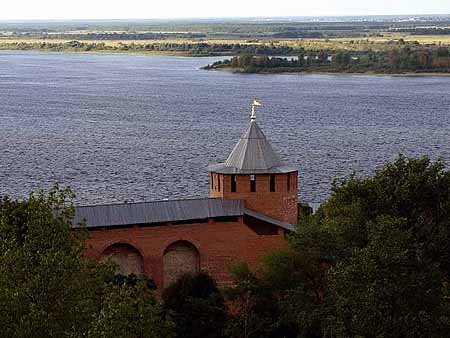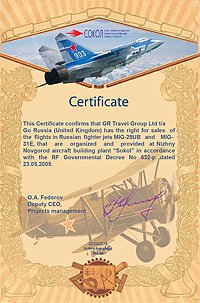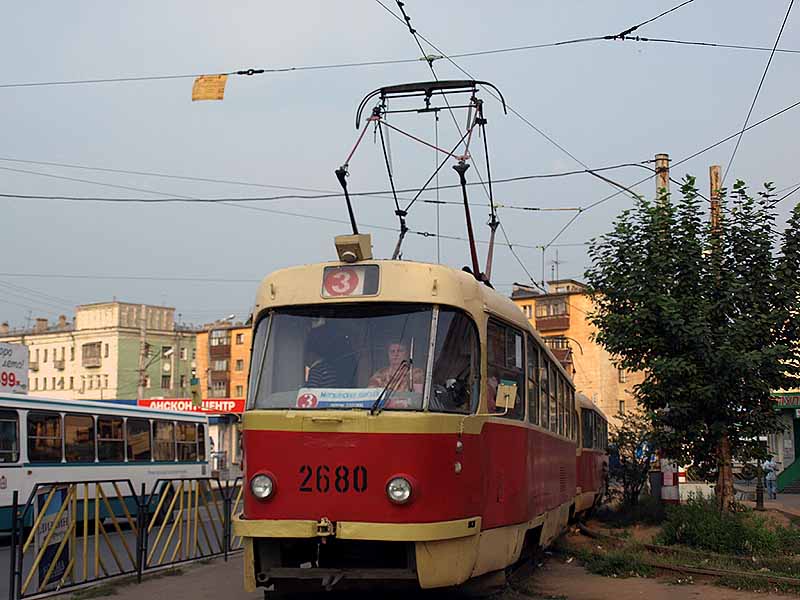 |
 | ||
| +44 (0) 20 33 55 77 17 | Call me back | Chat online | |
About Nizhny Novgorod
 Nizhny Novgorod, colloquially shortened as Nizhny, is the fifth largest city in Russia, ranking after Moscow, St. Petersburg, Novosibirsk and Yekaterinburg. It is of course less cosmopolitan than Moscow or St. Petersburg but its geographical position, magnificent views of Volga and Oka rivers, its ancient Kremlin and pleasant pedestrian promenade “Pokrovka” make it an appealing place to spend a few days.
Nizhny Novgorod, colloquially shortened as Nizhny, is the fifth largest city in Russia, ranking after Moscow, St. Petersburg, Novosibirsk and Yekaterinburg. It is of course less cosmopolitan than Moscow or St. Petersburg but its geographical position, magnificent views of Volga and Oka rivers, its ancient Kremlin and pleasant pedestrian promenade “Pokrovka” make it an appealing place to spend a few days. From 1932 to 1990 the city was known as Gorky after the Soviet writer Maxim Gorky who was born there. During much of the Soviet era, the city was closed to foreigners to safeguard the security of country’s military research and production facilities concentrated there. That was one of the main reasons why academician Andrei Sakharov, physicist and Nobel laureate, was exiled to Nizhny Novgorod.
Now it is the administrative, economic and cultural centre of Nizhny Novgorod Region and Volga Federal District and it is probably one of the most dynamic provincial capitals in Russia.
Nizhny Novgorod is situated in the very centre of the European part of the Russian Federation at the confluence of the Volga and the Oka rivers. It was founded in 1221 by Grand Prince Yuri Vsevolodovich. The unique geographical situation of the town was decisive in making it a major commercial centre in Russia. The floating market on the river later became a huge trade fair, so called “Yarmarka”, which first took place in the 16th century, moved to the city in 1817, and became the largest trade fair in Russia and one of the most important trade centres.
SIGHTSEEING IN NIZHNY NOVGOROD
Nizhny Novgorod Kremlin
The enormous red-brick Kremlin with its 11 towers, one of the strongest and earliest preserved citadels in Russia, was built in 1508–1511 (the first wooden fortress was built here in 1221). Construction of the Kremlin wall on the steep hillside was initiated by the Italian architect Peter Friazin. The fortress was strong enough to withstand Tatar sieges in 16th century. Eleven of the original thirteen towers have survived. Now it is the residence of the local government and various administrative authorities.
The small Cathedral of the Archangel Michael in the Kremlin is one of the best examples of a hipped-roof construction of all the religious architecture in the Nizhny Novgorod region. During its last reconstruction in 1631, it was rebuilt to commemorate the victory of the volunteer army under the leadership of Kuzma Minin and Dmitry Pozharsky that liberated Moscow from Polish occupation. In 1962 the ashes of Kuzma Minin were laid in the church.
Behind the Cathedral there is an eternal flame to the heroes of the Second World War.
There is also Nizhegorodky State Art Museum in the Kremlin (former governor’s house). The collection includes more than twelve thousand Russian and international works of art, from 14th century ancient Russian icons to the latest works of the 20th century.
Bolshaya Pokrovskaya Street
Bolshaia Pokrovskaya Street (informally called Pokrovka) crosses the historical central part of the city. A favourite place for strolling and shopping, Bolshaia Polrovskaya is a pedestrian street closed to all traffic (often it is compared to the famous Arbat street in Moscow). Historically, Pokrovka was one of the first streets in the city and today it is remarkable for its architecture with most buildings dating back to the 19th century.
Academician Sakharov Museum
Andrei Sakharov was an eminent Soviet physicist, dissident and human rights activist involved in the developing the first Soviet hydrogen bomb. Over the years he became one of the main figures opposing the Soviet regime and was exiled to Nizhny Novgorod in 1980. The museum located in the flat in which they lived documents their lives before and after exile.
There are obviously much more sightseeing options in Nizhny Novgorod, to get more information please contact us if you want to arrange additional excursions in the region.
HOW TO GET TO NIZHNY NOVGOROD
By train
Taking an evening train from Moscow is probably the best option to get to Nizhny Novgorod (Trans-Siberian trains pass through the city). Please do not be confused by “Gorky” appearing on the timetables and train tickets as the Nizhny Novgorod railway station still goes by its old name.
The fastest and the most convenient is “Burevestnik Express” departing from Moscow Kursky Railway station at 16:50. It will take you around 4 and a half hours to get to Moskovsky Railway station in Nizhny Novgorod arriving at 21:40. Thus you will have enough time to rest before your next exciting day flying MiG. There are also comfortable overnight trains departing from Moscow after 10 pm arriving in Nizhny Novgorod early in the morning next day. Read more about trains in Russia.
There are also direct train connections with St. Petersburg, Kazan, Samara and many others, please enquire for details.
By plane
The international airport of Nizhny Novgorod is situated in Strigino district, approximately 30-40 minutes by car from the city centre, 15 km (10 miles) southwest of the city centre. There are several daily flights from Moscow and connecting flights from Kaliningrad (Russia), Frankfurt (Germany), Novosibirsk, Yekaterinburg. Most of the flights are operated by the Russian airlines (Aeroflot, KD Avia), but there are also regular flights by Lufthansa and Austrian Airlines.
By car
Nizhny Novgorod is situated on M7/E30 road and it will take you approximately 4 and a half hours to get to Nizhny Novgorod from Moscow.

































